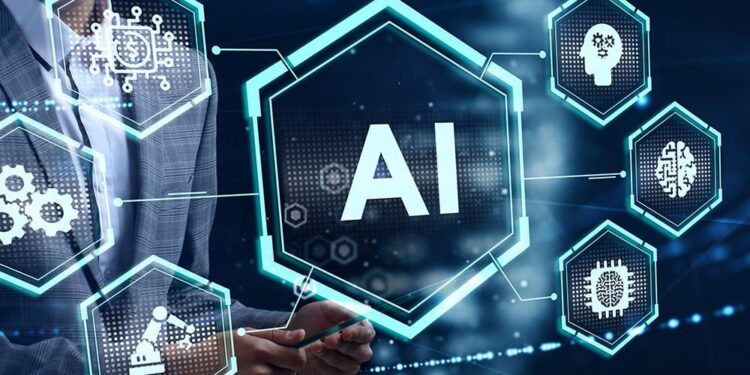AI’s Dual Role Driving and Derailing Decarbonization
The global energy demand increase being driven by widespread AI integration is creating a complex problem for power grids worldwide. The gap between current energy production capacity and projected need from data centers is so vast that experts are now saying that the issue won’t be solved within our lifetime, and is therefore an issue that will fall on future generations to untangle.
“The gap between what AI is demanding and what we have everywhere in the world on the grid in terms of generation and transmission is huge and will not be closed in our lifetime,” Dave Stangis, sustainability strategy leader at Apollo Global Management Inc., recently told Bloomberg. “So what is happening around the world, there’s no doubt about it, is what you might call energy addition,” Stangis said. “The world is scrambling to add every source of power.”
The scramble to ramp up power generation capacity to support the proliferation of energy-hungry data centers has driven investment in clean and innovative energy alternatives, but it has also caused a resurgence in fossil fuel investment, and has resurrected fossil fuel-powered plants that were scheduled to be shuttered, and fast-tracked others.
Investors are now heartily embracing an all-of-the-above approach to energy production at an unprecedented level, with renewed interest in previously fringe technologies like geothermal, tidal energy, and nuclear fusion, as well as a resurrection of the traditional nuclear sector.
“There’s no doubt about it: the external world around investing in the transition has changed,” Stangis told Bloomberg. “From a policy perspective, certain technologies are more in favor today than they were a couple years ago, and others are less. But we still see the tens of trillions of dollars of opportunity – that hasn’t changed, and it’s only growing.”
But even with the rush to add increasing energy and grid capacity to support the runaway AI boom, there is cause for serious concern as to whether energy grids will be able to handle the ballooning demand that is rapidly coming down the pike. Countries including Ireland, Saudi Arabia and Malaysia are already facing serious challenges as the energy needs of their already-planned data centers far outstrip their planned energy additions. In the United States, a recent scientific study found that Americans can expect their energy costs to go up by as much as 70 percent if the government does not invest billions of dollars in generation and transmission capacity over the next few years.
Indeed, consumers around the world are already bearing the financial burden of ubiquitous AI integration, and it’s beginning to cause a bipartisan groundswell of pushback. What’s more, consumers have no control over Big Tech’s full-steam-ahead approach to AI integration, and may not even be benefitting from it.
“We are witnessing a massive transfer of wealth from residential utility customers to large corporations—data centers and large utilities and their corporate parents, which profit from building additional energy infrastructure,” Maryland People’s Counsel David Lapp was quoted by Business Insider earlier this year. “Utility regulation is failing to protect residential customers, contributing to an energy affordability crisis.”
However, while artificial intelligence is posing major threats to global power supplies and increasing rates of energy poverty, it could also hold the solutions to those same problems. Some experts believe that fears over data centers’ increasing energy consumption are overblown. As AI becomes more advanced, increased automation across sectors is expected to make nearly everything we do more efficient, to the degree that large language models are a net energy-saver. Some of the most energy-inefficient sectors, like materials value chains and biotechnology, will be transformed by AI models that can find ‘needle-in-a-haystack’ efficiency solutions that scientists alone cannot.








